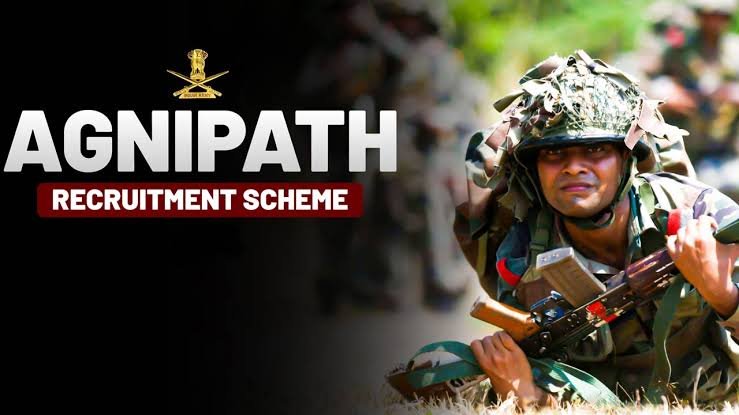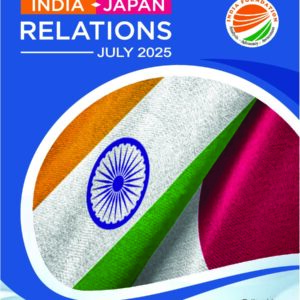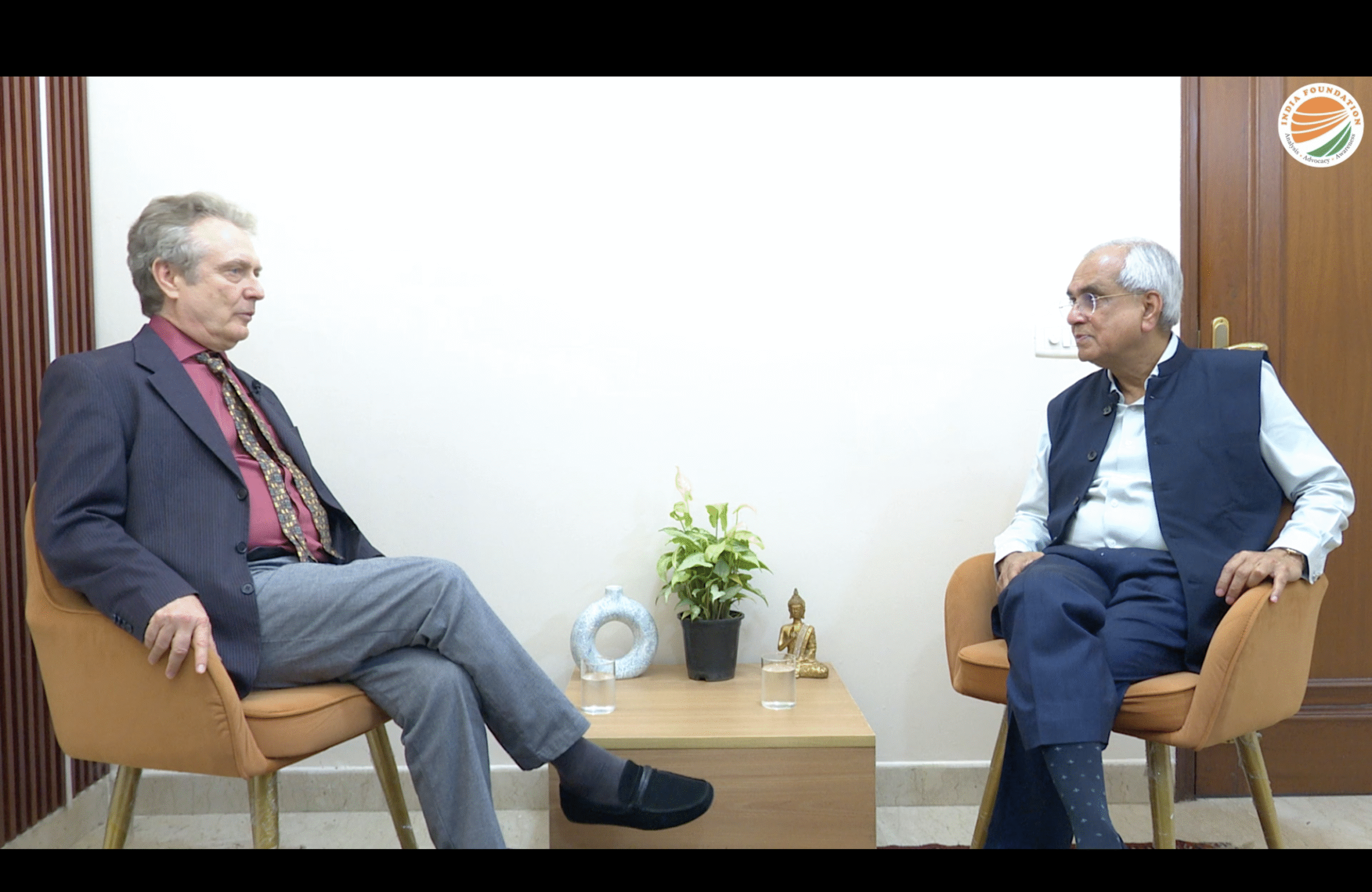The ongoing war in Ukraine has thrown up a humungous list of lessons for militaries across the world. Undoubtedly, these will be studied, analysed and debated in the coming years to determine how future militaries should be structured, trained and equipped. While various facets of the Ukraine war were being discussed in military and think tank circles in India, the Armed Forces announced the roll out of Agnipath—a new policy document wherein both the procedure for enrolment of personnel in the Armed Forces as well as the terms and conditions of such service stand radically altered. In its breadth and scope, the policy is both transformational and revolutionary. That is why a furious debate is raging in the country on the pros and cons of such a policy. This is not an alarming development, but a natural reaction to a change in the status quo.
No reform can be painless. The nation has to bite the bullet and implement such reforms, if the long-term impact is beneficial. In the economic sphere, the implementation of GST went through a difficult birth, but now the nation is reaping the benefits which will only grow in the years to come. The abrogation of the special status given to J&K by both houses of Parliament on 5 August 2019 was another revolutionary reform in the political sphere, which is still playing out but the dividends of which are clearly visible in the political, social, economic and security domains in the newly formed Union Territory of J&K. Agnipath too, can be a huge game changer, but certain modifications may be required along the way. Fortunately, in the implementational phase, the policy will have very little impact on the Forces in the first four years after it is rolled out. So, enough time is available to look into course corrections to make this transformational and revolutionary concept beneficial to the Armed Forces, to the soldier and to the nation.
The scheme departs radically from past enrolment practises, as from now on, enrolment for the Armed Forces will only be through the Pan-India, merit based Agnipath scheme. Eligibility for enrolment is open to all Indian citizens in the age group of 17.5 to 21 years. A one-time age waiver has been given for the current year wherein individuals up to the age of 23 years can apply, as no enrolment has taken place in the last two years due to the pandemic. Selected individuals, called Agniveers, will be required to serve for four years, which includes a six-month training period. Thereafter, 25 percent will be retained in the military for permanent absorption, while the remaining 75 percent will be given a financial package which will assist them in either finding other means of employment or in becoming small scale entrepreneurs themselves. Through this, a vast pool of disciplined work force will be available to the nation. The Agniveers will be entitled to all the allowances of regular troops, to include risk and hardship allowance and death and disability pension. 30 percent of their monthly emoluments will go towards a lump sum gratuity that will be paid to them on completion of their contractual service. The government will contribute an equal portion, the net lump sum gratuity coming to Rs 11.7 lakh. This, combined with the individuals savings over four years, could be in the range of Rs 18- 22 lakh—an amount which is not unsubstantial for a 22-23 year old youth. The Commanding Officers will have a major role to play in the selection of Agniveers for retention in the military.
The Challenges
Fears have been expressed on the motivational levels of youth who have but a four-year tenure of service. There are also concerns about their standards of training. The war in Ukraine has shown limitations in the performance of Russian troops who, for the most part were conscripts with short service tenures. The Ukrainian military too, suffered from such infirmities. In the Indian context, individual training for Agniveers who are enrolled in the Armoured Corps, Mechanised Infantry, Artillery, Engineers, Signals and EME poses huge challenges which will need to be overcome. But the larger training challenge is group cohesion and functioning as part of a well-oiled sub unit. This is particularly applicable to the combat arms and combat support arms.
The Armed Forces are cognisant of these concerns and will look into measures to address them over the next few years. But more serious is the skewed impact on the age and service profile of soldiers over a 20-year period when the policy has totally matured. In this scenario, we are likely to have up to 60 percent of a unit in the below four-year service bracket and only 40 percent in the bracket of 4-20 years’ service. This will throw up serious operational challenges to the combat arms.
The yearly burgeoning pension bill of defence pensioners has been one of the major reasons necessitating reforms in the military. A soldier, unlike his civilian counterpart, retires at an early age. This is necessary to keep a youthful profile of the Armed Forces. Over the years, this has led to the number of veterans exceeding the number of serving personnel, the ratio presently being in the region of 1:1.8 or thereabout. This will keep increasing over the years and may eventually be to the order of 1:2.5. Obviously, this will impact on force modernisation as a major chunk of defence expenditure gets consumed in revenue expenditure, leaving that much less for capital acquisitions.
A Road Map for the Future
Can something be done to allay the concerns which have been expressed and at the same time, continue with the reform process? Certain actions have already been initiated, but the forces need to look outside the ambit of the personnel in uniform and integrate the reform process with a much wider set of reforms which would encompass the entire security architecture of the country. Three issues need consideration. One, the entire civilian work force needs to be included in the ambit of defence reforms. Two, the governance structure in the Ministry of Defence needs to be revamped and three, the security forces working under the ambit of the Ministry of Home Affairs needs to be co-opted into the military reform process. Let us look at the third aspect first.
The Sixth Central Pay Commission, in its recommendations made a strong pitch for the lateral movement of Defence Forces personnel into the Central Armed Police Forces (CAPF). The Commission was of the view that while a good compensation package is essential for the morale and quality of officers and men in the Defence Forces, the same will also, to a large extent, depend on those personnel being provided a life time career. The recommendations were not implemented, largely due to resistance by the CAPF in taking in personnel with different service profiles and seniority, which would impact the seniority and functioning of their existing cadre. These concerns cannot be easily brushed away, but a ready solution exists in the form of absorption of Agniveers.
Presently, a large number of personnel are recruited in the CAPFs who have to be trained before they can be employed in various security agencies of the Ministry of Home Affairs such as the BSF, CRPF and the ITBP. In addition, we have the paramilitary forces under the ministry—the Assam Rifles and the Coast Guard. What needs to be done is to make entry into these forces only through Agniveers. The twin problems of locating suitable trained manpower for induction into these forces and providing sufficiently long tenure for the Defence Forces personnel can be addressed in one stroke. The earlier hesitations which were expressed by the CAPF in taking in retired personnel from the defence forces into their organisations will no longer apply. These organisations will now get well trained and well-disciplined personnel, who are not only proficient in the use of weapons but also skilled in sub-unit level functioning which is required by these forces in combatting militancy, terrorism or other tasks. And these personnel are, on an average, just 23 years old. The CAPF also get substantial financial savings as they now do not now have to budget for recruitment and training expenses. The Agniveers joining the CAPF get a life time career while the Armed Forces, get a more youthful profile. Such lateral absorption can take in about 30 percent Agniveers each year, which would be the average replacement requirement of the CAPFs retiring personnel.
In the Agnipath scheme, the civilian work force which numbers about 3.75 lakh personnel has been left out. This is the real tail of the military which needs serious reforms. A large part of this workforce is employed in the nine Defence Public Sector Undertakings (DPSU) and the 41 Ordnance factories which have now been reconstituted into seven fully government-owned corporate entities on the lines of DPSUs. Force effectiveness depends to some extent on the capability and ability of these production agencies in delivering cost effective quality products to the Armed Forces in a time bound manner. The entire civilian workforce should, therefore, have been assessed in a performance audit as they are paid out of defence estimates and also consume about a quarter of the pension budget. While the issue of privatising most of these entities will have to confront political hurdles, the same would have to be done at some stage. In any event, the step taken by the government in dissolving the Ordnance Factory Board and merging the 41 Ordnance Factories into seven corporate entities, was, by itself, a major first step. If privatisation cannot be immediately done, then at least these entities should function under the Ministry of Commerce and Industries and not under the Ministry of Defence, where they have a captive market. This reform, if done, will ignite competition and make them more accountable to the user. A performance audit of the DRDO would also be beneficial in determining whether the country is getting its money’s worth in investing huge sums in this organisation. In terms of manpower, it is evidently overstaffed as compared to similar organisations in the West. This needs to be looked into and the flab cut. Perhaps the model to be emulated could be a mix of India’s ISRO and the US DARPA, to see that the nations limited resources are used in the most efficient manner.
We also need to look into the functioning of the Ministry of Defence itself, which has a very large civilian workforce. Agnipath is sought to be justified on the model of the militaries of the US, Israel and other Western democracies. In all these countries, there is no bureaucratic interface between the political authority and the military. Perhaps India should follow suit, as is the norm in all the countries of the world. This by itself, will save the exchequer a few thousand crore INR every year. The Railways has no bureaucratic interface and the military should follow suit.
Finally, a little tweaking of the Agnipath scheme will ensure its acceptability to all those who are currently opposing it. One, as mentioned earlier, recruitment to the CAPF should be only through Agniveers who have completed four years’ service. Roughly, they would be able to take in about 30 percent of Agniveers each year. These individuals could be selected on a random basis to ensure that the CAPF get a fair mix. Two, for the Military, increase the service limit to six years and retain 40 percent. That would give a more balanced service profile, which eliminates infirmities which are envisaged with a shorter service tenure. Thirdly, only 30 percent of the Agniveers will now be required to be released to the environment. This is a smaller number to deal with. Some of these personnel would be desirous of leaving the military after completing their time. The others could be helped to settle down, where needed.
Conclusion
Agnipath has received a mixed response from the military community. There have been a few bouquets and a lot of brickbats but the underlying fact remains is that it is reform which is needed. The implementation details are the only issues which need to be ironed out. We can get into a win-win situation by making the system more holistic and by following a whole of nation approach, rather than just confining the policy to the uniformed fraternity of the Armed Forces.
Author Brief Bio: Major General Dhruv C Katoch is Director, India Foundation and Editor, India Foundation Journal.





Every change meets resistance. My point is not whether Agniveers are good or bad. It is about making the shock of change smooth. Here there are two issues.
Firstly, an announcement that those who had cleared all the recruitment tests and were waiting for the written test to be conducted should have been put through the written test and those passing should have been recruited in the existing manner. It was future recruitment which should have followed the Agniveer manner.
Secondly, 25% getting permanent absorption is too low. It should have been 25% permanent in the Army and 25% permanent in CAPFs/state armed police forces.
The comparison with SS commission for officers is wrong as over
90% get permanent commission.